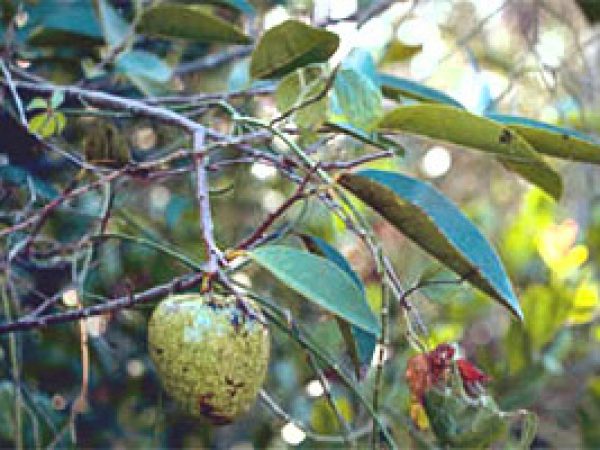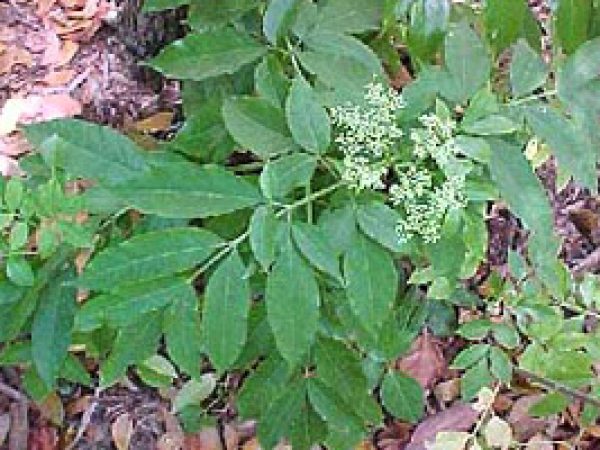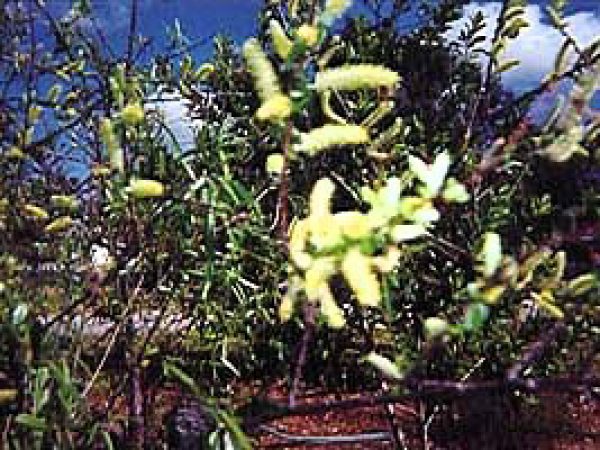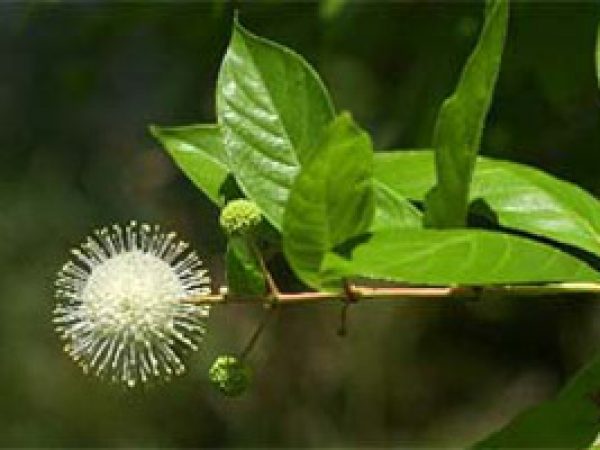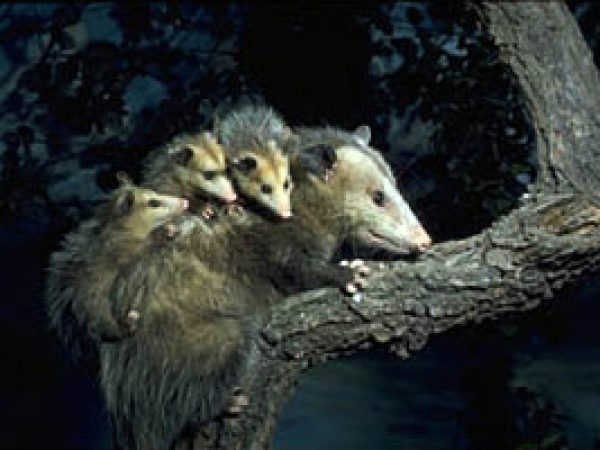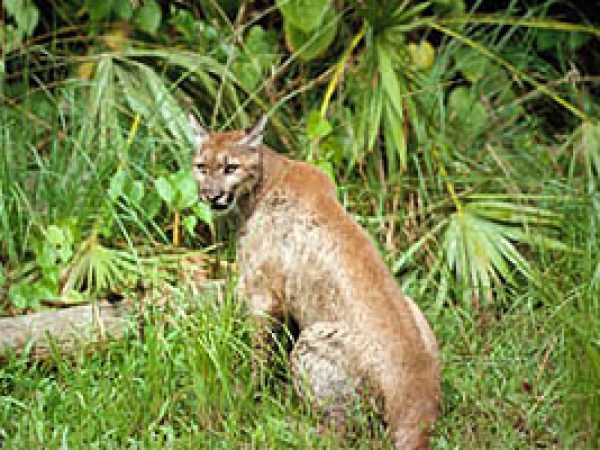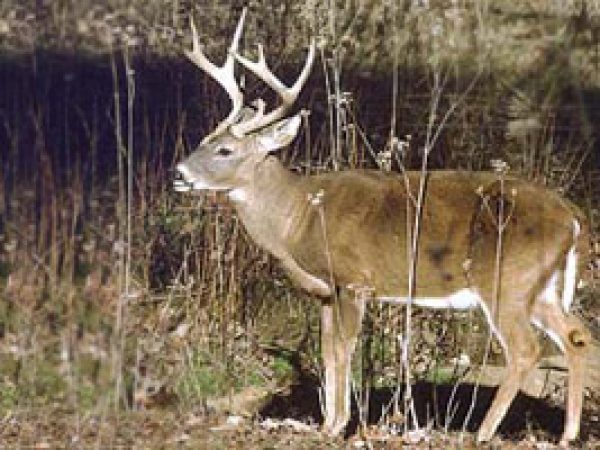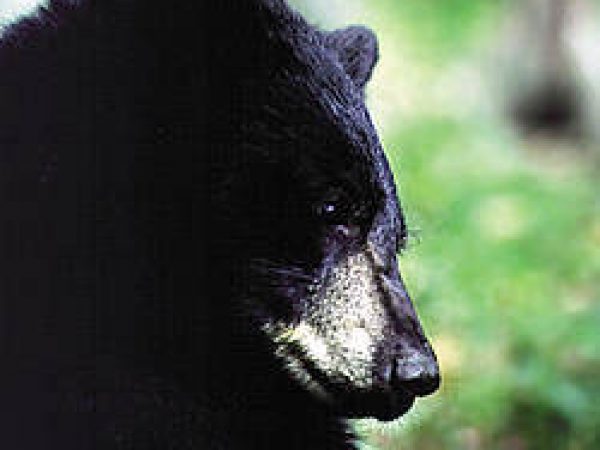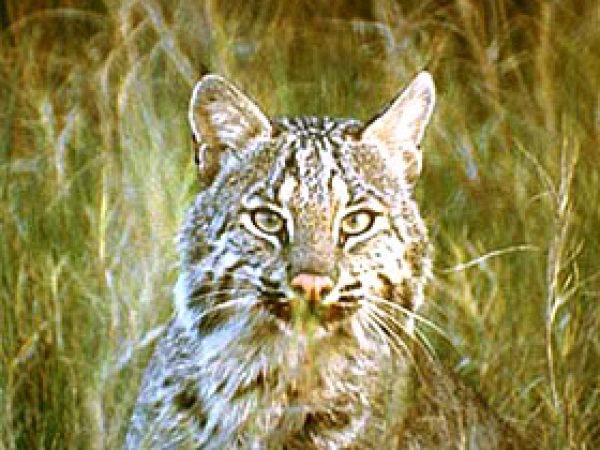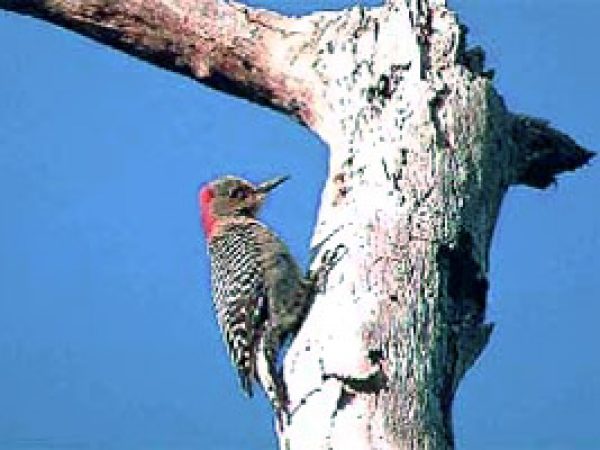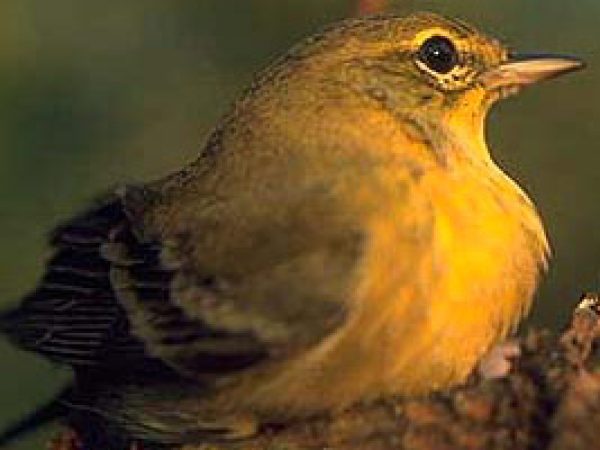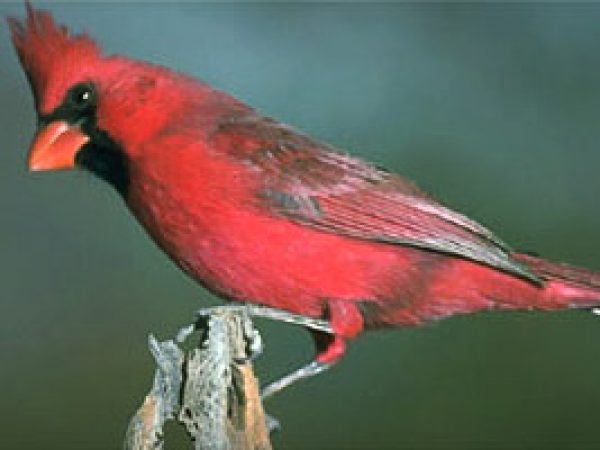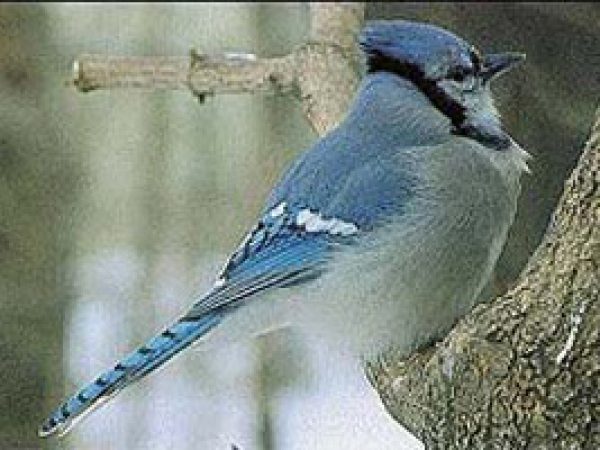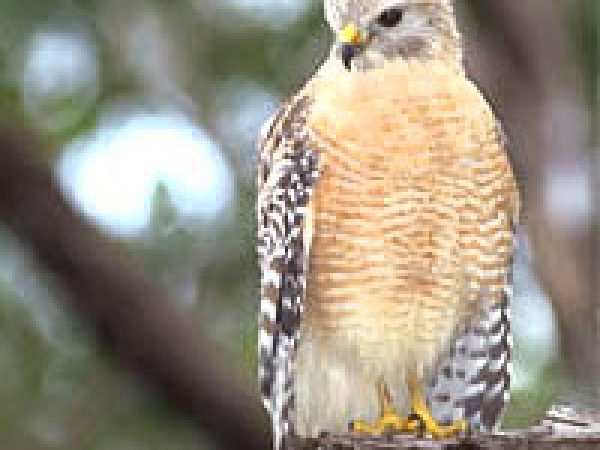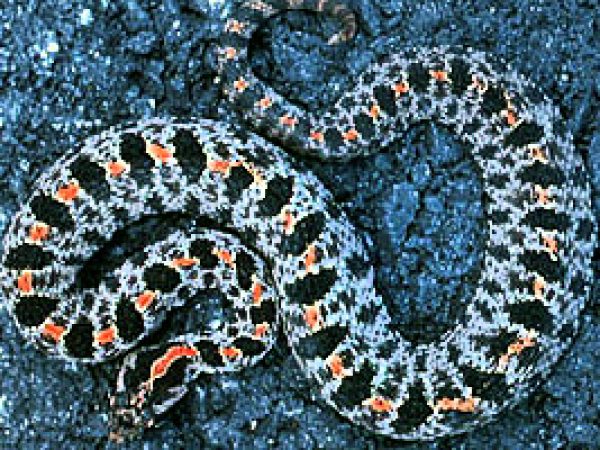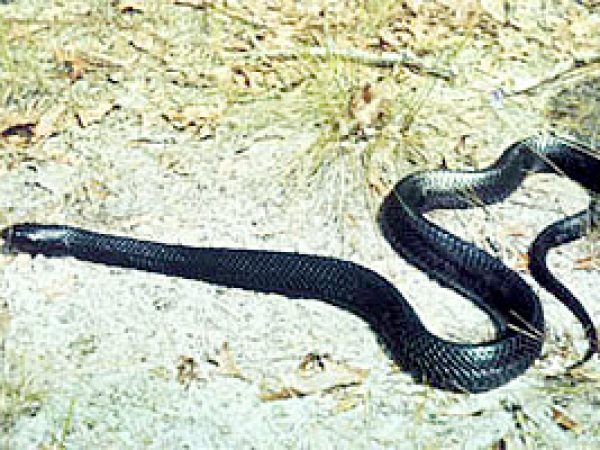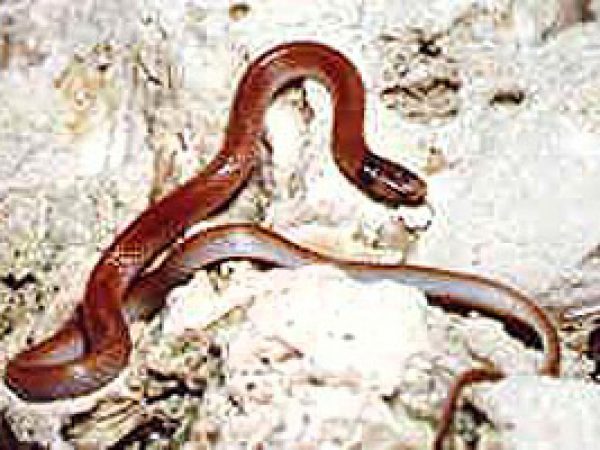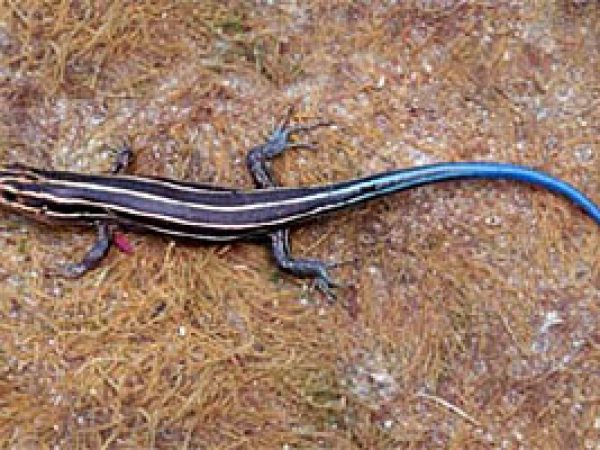The subcanopy of the pinelands consists of fire-resistant species such as the saw palmetto and cabbage palm.
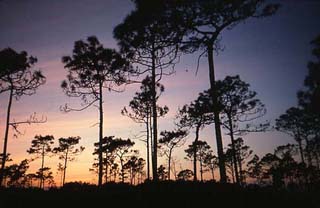
Florida slash pines (Pinus elliotii) occur in a range of elevations, taking root among limestone outcroppings and solution holes containing peat and marl. Surrounded by wet prairies and mangroves, pinelands experience flooding during the summer rainy season for extended periods of time.
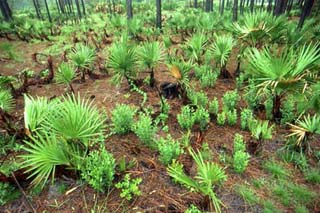
Only occurring after the extended absence of fire, the subcanopy includes hardwood shrubs and small trees from adjacent hammock habitats. Saw palmetto (Serenoa palmetto), a low growing species of palm, commonly occurs within pinelands. Growing up to six feet (2 m) in height, the saw palmetto is easily recognized with its sharp, pointed leaves.
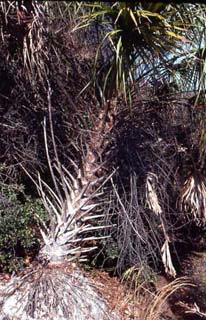
Another common plant is the cabbage palm (Sabal palmetto) which thrives in the poor soil conditions of the pinelands. Both the cabbage palm and the saw palmetto are extremely fire-tolerant.
Shrubs occurring within the pinelands include:
 Pond apple (Annona glabra). Photocourtesy South Florida Water Management District
Pond apple (Annona glabra). Photocourtesy South Florida Water Management District Elderberry (Sambucus canadensis). Photo courtesy South Florida Water Management District
Elderberry (Sambucus canadensis). Photo courtesy South Florida Water Management District Willow (Salix caroliniana). Photo courtesy South Florida Water Management District
Willow (Salix caroliniana). Photo courtesy South Florida Water Management District Buttonbush (Cephalanthus occidentalis). Photo courtesy South Florida Water Management District
Buttonbush (Cephalanthus occidentalis). Photo courtesy South Florida Water Management District
- pond cypress (Taxodium ascedens), not shown
- buckthorn (Bumelia reclinata), not shown
- dwarf live oak (Quercus minima), not shown
Native Fauna
- Rocky pinelands provide habitat for many species of wildlife
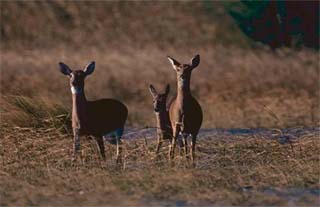
Many mammals inhabit the unique rocky pineland habitats of south Florida including:
 Opossum (Didelphis virginiana). Photo © Alden M. Johnson, California Academy of Sciences
Opossum (Didelphis virginiana). Photo © Alden M. Johnson, California Academy of Sciences Raccoon (Procyon lotor). Photo courtesy U.S. Geological Survey
Raccoon (Procyon lotor). Photo courtesy U.S. Geological Survey Florida panther (Felis concolor coryi). Photo courtesy U.S. Fish and Wildlife Service
Florida panther (Felis concolor coryi). Photo courtesy U.S. Fish and Wildlife Service White-tailed Deer (Odocoileus virginianus). Photo courtesy U.S. Geological Survey
White-tailed Deer (Odocoileus virginianus). Photo courtesy U.S. Geological Survey Florida Black Bear (Ursus americanus floridanus). Photo courtesy U.S. Department of Tranportation
Florida Black Bear (Ursus americanus floridanus). Photo courtesy U.S. Department of Tranportation Marsh Rabbit (Sylvilagus palustris). Photo courtesy National Park Service
Marsh Rabbit (Sylvilagus palustris). Photo courtesy National Park Service Bobcat (Lynx rufus). Photo courtesy U.S. Fish and Wildlife Service
Bobcat (Lynx rufus). Photo courtesy U.S. Fish and Wildlife Service
- cotton mouse (Peromyscus gossypinus), not shown
- mangrove fox squirrel (Sciurus niger avicennia), not shown
Birds that frequent these areas include:
 Red-Bellied Woodpecker (Melanerpes carolinus). Photo courtesy South Florida Water Management District
Red-Bellied Woodpecker (Melanerpes carolinus). Photo courtesy South Florida Water Management District Pine Warbler (Dendroica pinus). Photo courtesy J.A. Spendelow/U.S. Geological Survey
Pine Warbler (Dendroica pinus). Photo courtesy J.A. Spendelow/U.S. Geological Survey Cardinal (Cardinalis cardinalis). Photo © Dr. Lloyd Glenn Ingles, California Academy of Sciences
Cardinal (Cardinalis cardinalis). Photo © Dr. Lloyd Glenn Ingles, California Academy of Sciences Blue Jay (Cyanocitta cristata). Photo courtesy Loren Oslie/U.S. Geological Survey
Blue Jay (Cyanocitta cristata). Photo courtesy Loren Oslie/U.S. Geological Survey Red-shouldered Hawk (Buteo lineatus). Photo © Gerald and Buff Corsi, California Academy of Sciences
Red-shouldered Hawk (Buteo lineatus). Photo © Gerald and Buff Corsi, California Academy of Sciences
Reptiles and amphibians include:
 Pygmy Rattlesnake (Sisturus miliarius). Photo courtesy U.S. Geological Survey
Pygmy Rattlesnake (Sisturus miliarius). Photo courtesy U.S. Geological Survey Eastern Indigo Snake (Drymarchon coaris couperi). Photo courtesy U.S. Fish and Wildlife Service
Eastern Indigo Snake (Drymarchon coaris couperi). Photo courtesy U.S. Fish and Wildlife Service Rim Rock Crowned Snake (Tantilla oolitica). Photo © Kenneth Krysko
Rim Rock Crowned Snake (Tantilla oolitica). Photo © Kenneth Krysko Five-lined skink (Eumeces fasciatus). Photo © John White
Five-lined skink (Eumeces fasciatus). Photo © John White
- reef gecko (Sphaerodactylus notatus), not shown
Glossary terms on page:
- marl: earthy, loose deposit consisting mainly of calcium carbonate mixed with clay.
- solution hole: depression in the Earth’s surface caused by dissolving of substrate composed primarily of calcium carbonate.
- peat: partially decayed plant matter formed on the surface of water-logged soils, used as a fertilizer, fuel, or in the production of charcoal.
- hammock: area that is often higher than the surrounding land with humus rich soil and hardwood trees including oaks, sweetgums, hickories, and palms.
